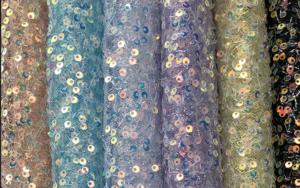Finding the perfect dress can be a daunting task with so many styles and options available. Whether you’re dressing for a casual day out or a formal evening event, knowing the different types of dresses can make your choice easier and more enjoyable.
This guide covers everything from elegant ball gowns to casual sundresses, helping you understand their history, styling tips, and the best occasions to wear them.
The Historical Evolution of Dresses
Dresses have evolved significantly over the centuries, reflecting changes in culture, society, and fashion trends.
In ancient times, dresses were simple tunics made from wool or linen.
The Middle Ages saw more structured and layered gowns, often indicating social status.
The Renaissance introduced elaborate designs with luxurious fabrics.
By the 19th century, dresses became more practical yet still elegant, with the Victorian era showcasing intricate detailing.
The 20th century brought about significant changes, from flapper dresses in the 1920s to the minimalistic styles of the 1990s.
Today, dresses combine elements from various eras, offering a blend of tradition and modernity.
How Are Dresses Classified?
Dresses can be classified based on various criteria such as style, length, fabric, occasion, and silhouette.
Common styles include A-line, sheath, and wrap dresses, each with distinct characteristics.
Length classifications range from mini to maxi, with midi dresses falling in between.
Fabrics play a crucial role, with options like cotton for casual wear and silk for formal occasions.
Dresses are also categorized by the occasion they are suited for, such as cocktail dresses for parties or sundresses for casual outings.
Silhouette classifications, like fit-and-flare or bodycon, highlight the dress’s shape and fit on the body.
What Type of Dresses?
Each type of dress has its own unique style and is suitable for a variety of different occasions, so let’s delve into the world of glamorous dresses.
1.Maxi Dresses
Maxi dresses are long, flowing dresses that reach the ankle or floor. They are perfect for casual summer outings or beach vacations. The history of the maxi dress dates back to the 1960s and 70s when it became a symbol of bohemian style.
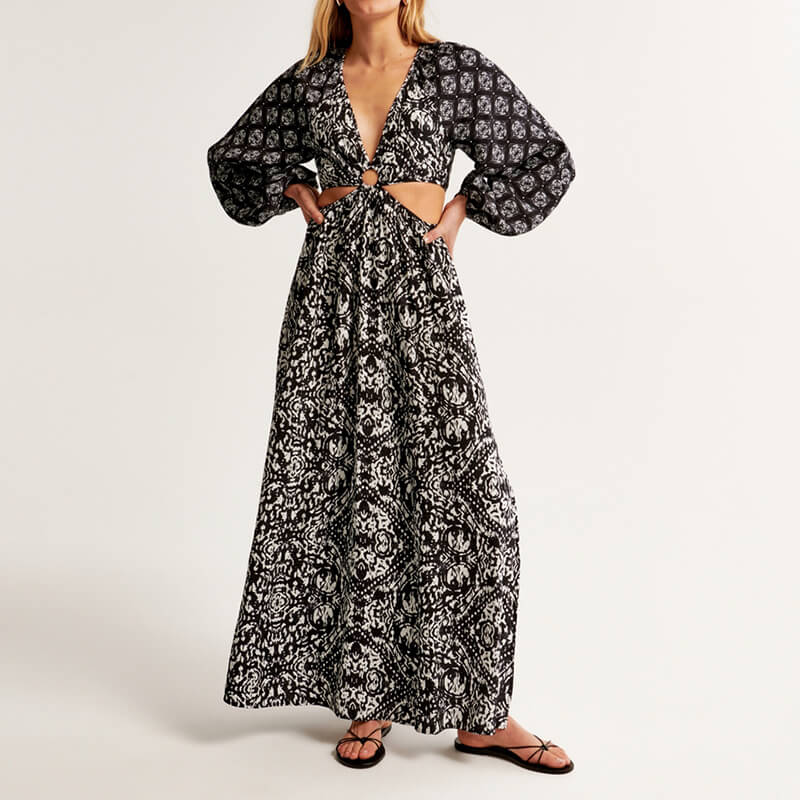
Maxi dresses are typically made from lightweight fabrics like cotton, jersey, or chiffon, making them comfortable and breezy for warm weather. They can be styled with sandals, minimal jewelry, and a sun hat for a relaxed, boho-chic look.
2.A-line Dresses
A-line dresses are fitted at the top and gradually widen towards the hem, creating an “A” shape. This style is universally flattering and can be worn to both casual and formal events. The A-line dress became popular in the 1950s thanks to designers like Christian Dior.
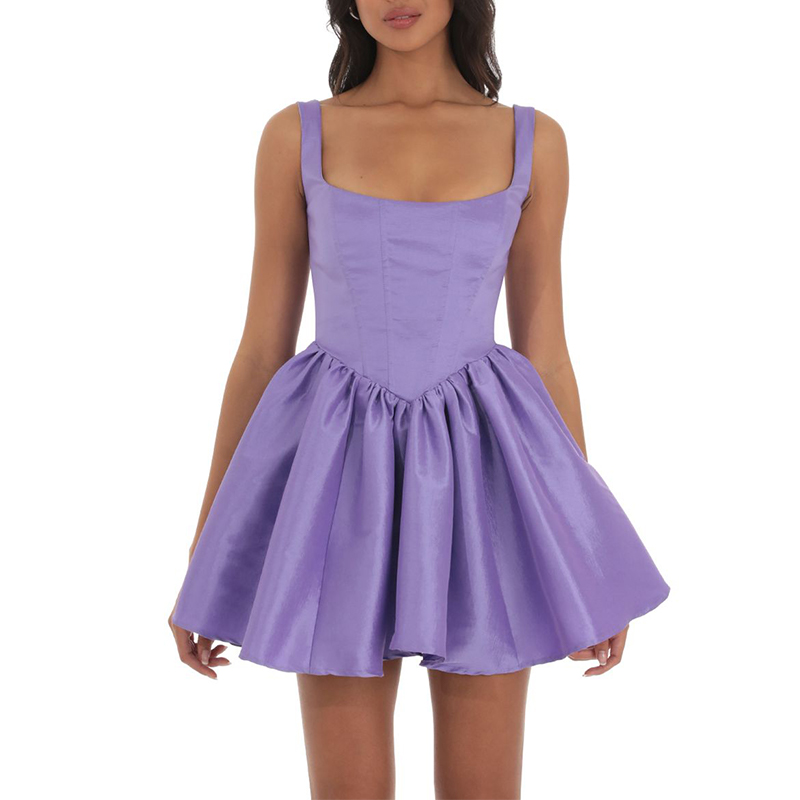
These dresses can vary in length from mini to maxi and are often made from fabrics like cotton, silk, or polyester. Pair an A-line dress with heels and a clutch for a chic look, or dress it down with flats for a more casual vibe.
3.Shift Dresses
Shift dresses are simple, straight-cut dresses that hang loosely from the shoulders. They became a fashion staple in the 1960s, popularized by icons like Audrey Hepburn. Shift dresses are versatile and can be dressed up or down with the right accessories.
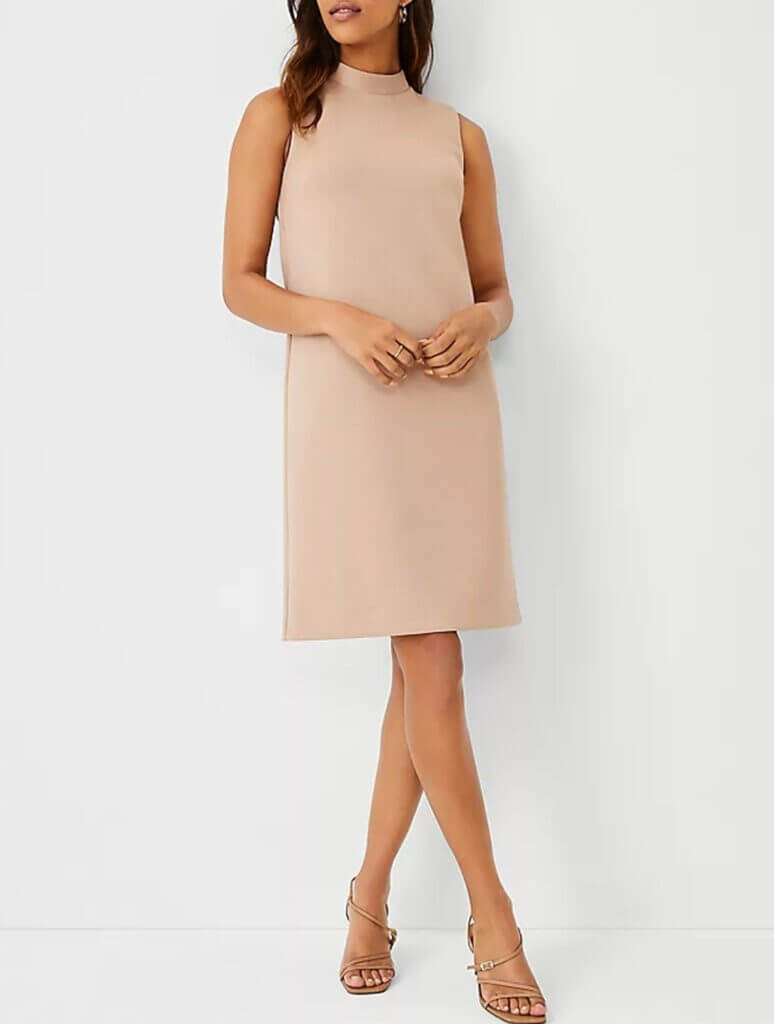
They are typically made from fabrics like cotton, linen, or polyester and come in various lengths. Style a shift dress with statement necklaces or belts for added flair, and pair it with flats or heels depending on the occasion.
4.Nap Dresses
Nap dresses are loose-fitting, flowy dresses that are comfortable enough for lounging but stylish enough for casual outings. They gained popularity during the work-from-home era, offering a blend of comfort and style.
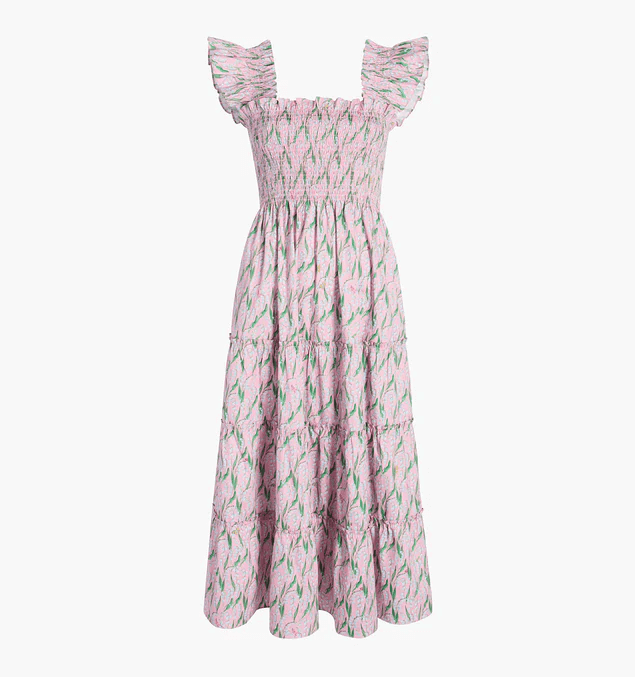
Nap dresses often feature soft fabrics like cotton or linen and feminine details like ruffles, smocking, or floral prints. They are perfect for relaxed weekends and can be paired with flats, sandals, or even sneakers for a laid-back yet fashionable look.
5.Cocktail Dresses
Cocktail dresses are semi-formal dresses typically worn to evening events and parties. They usually fall to the knee and can be found in various styles and fabrics, from sleek satin to intricate lace.
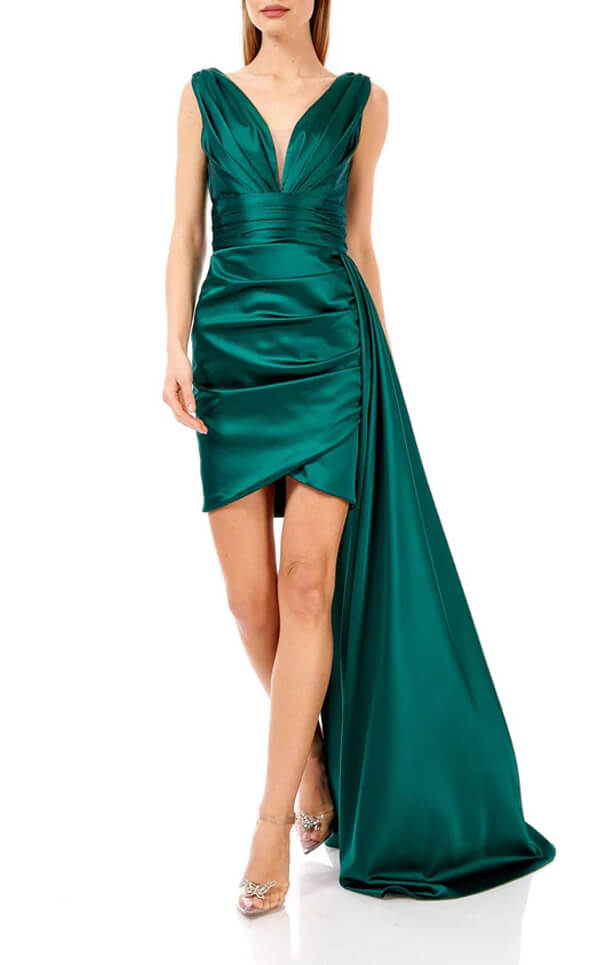
The concept of the cocktail dress originated in the 1920s during the Prohibition era, when social gatherings moved to private homes. Today, cocktail dresses are a staple for events like weddings, receptions, and dinner parties. Style them with high heels, elegant jewelry, and a clutch for a polished and sophisticated look.
6.Midi Dresses
Midi dresses have a hem that falls between the knee and ankle, offering a balance between formal and casual. This versatile dress style became popular in the 1940s and remains a favorite for its elegance and practicality.
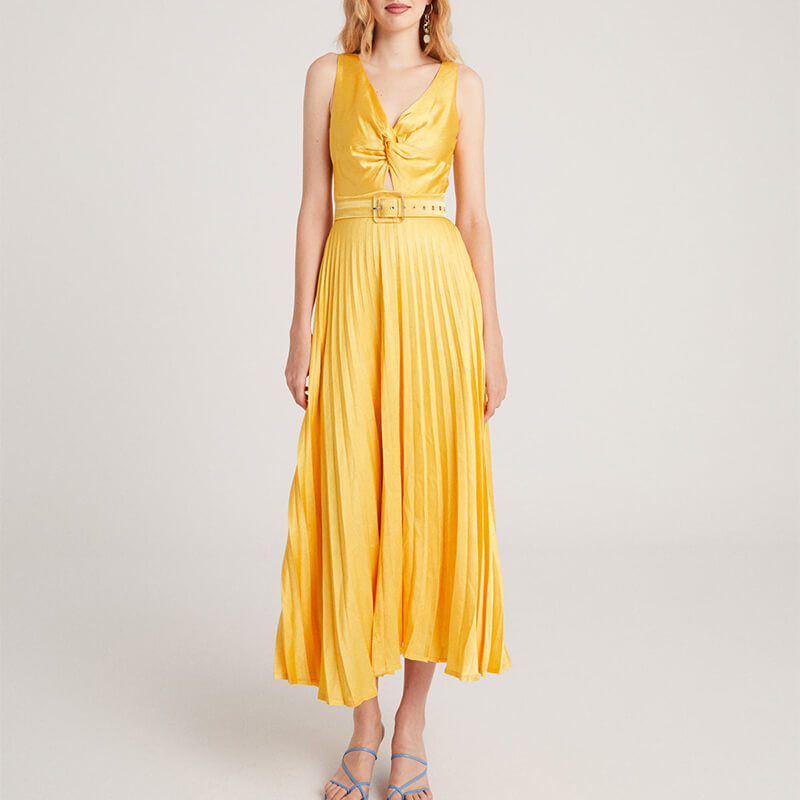
Midi dresses can be found in various cuts and fabrics, including fitted, flared, or pleated designs. They can be styled with boots or heels and are suitable for both work and social events. A midi dress can be paired with a blazer for a professional look or with a denim jacket for a more casual appearance.
7.Bouffant Dresses
Bouffant dresses are characterized by their full, puffy skirts, often created with layers of tulle or crinoline. They became a fashion sensation in the 1950s, epitomizing the glamorous, feminine style of the era.
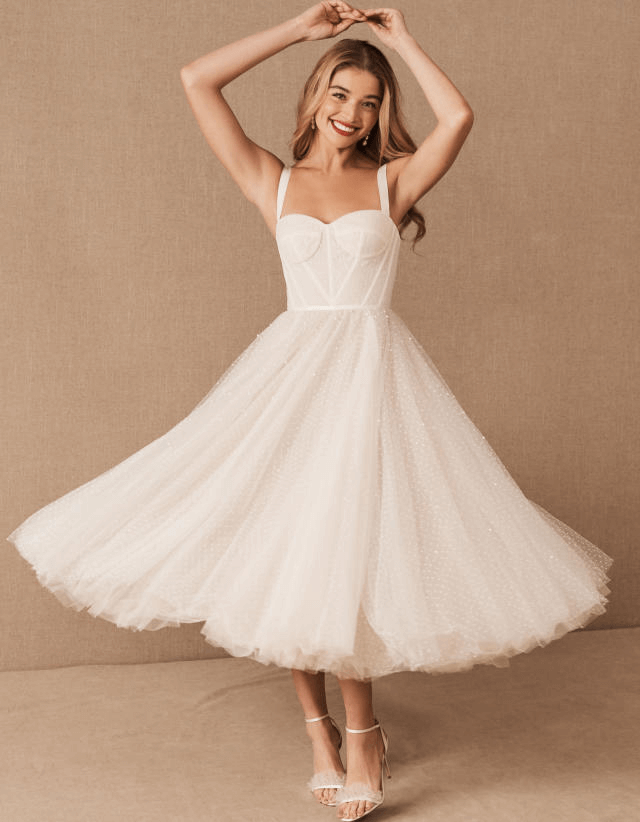
Bouffant dresses are perfect for formal events like proms or weddings and are often adorned with intricate details like lace, embroidery, or sequins. Pair them with elegant gloves, statement jewelry, and high heels for a vintage-inspired look that exudes sophistication and charm.
8.Sundresses
Sundresses are light, casual dresses perfect for warm weather. They are typically made from breathable fabrics like cotton or linen and often feature bright patterns, floral prints, or playful details like ruffles and straps.
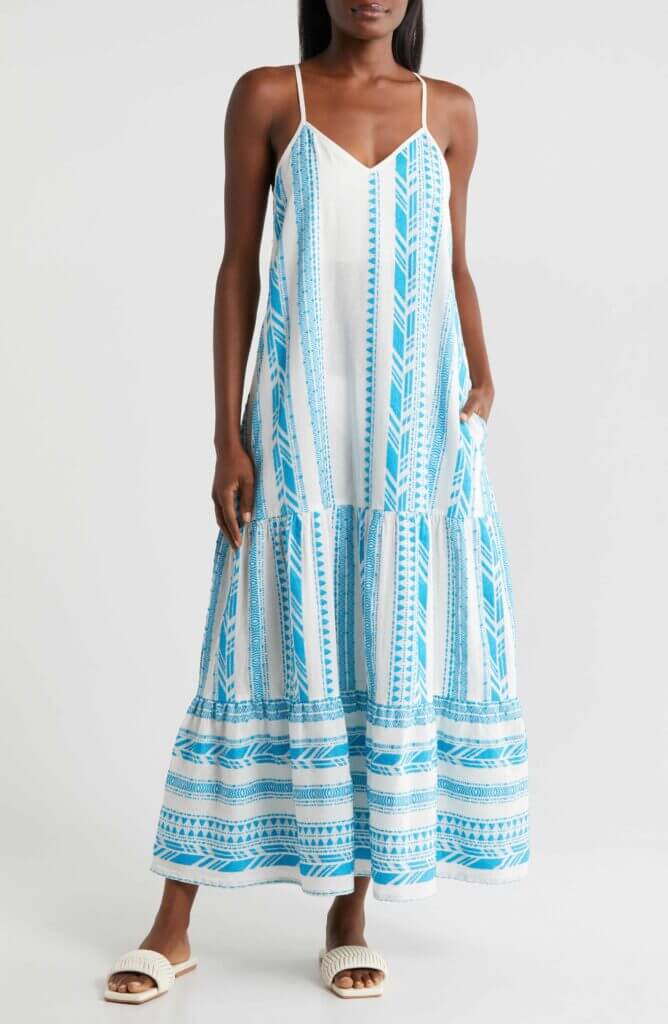
Sundresses became popular in the 20th century as casual attire for summer outings. They are perfect for picnics, beach trips, or casual get-togethers. Wear them with sandals, a wide-brimmed hat, and sunglasses for a breezy summer look that is both comfortable and stylish.
9.Sheath Dresses
Sheath dresses are form-fitting and follow the body’s natural shape. They are often worn for formal occasions or professional settings due to their sleek and elegant silhouette. The sheath dress gained prominence in the 1960s and remains a timeless classic.
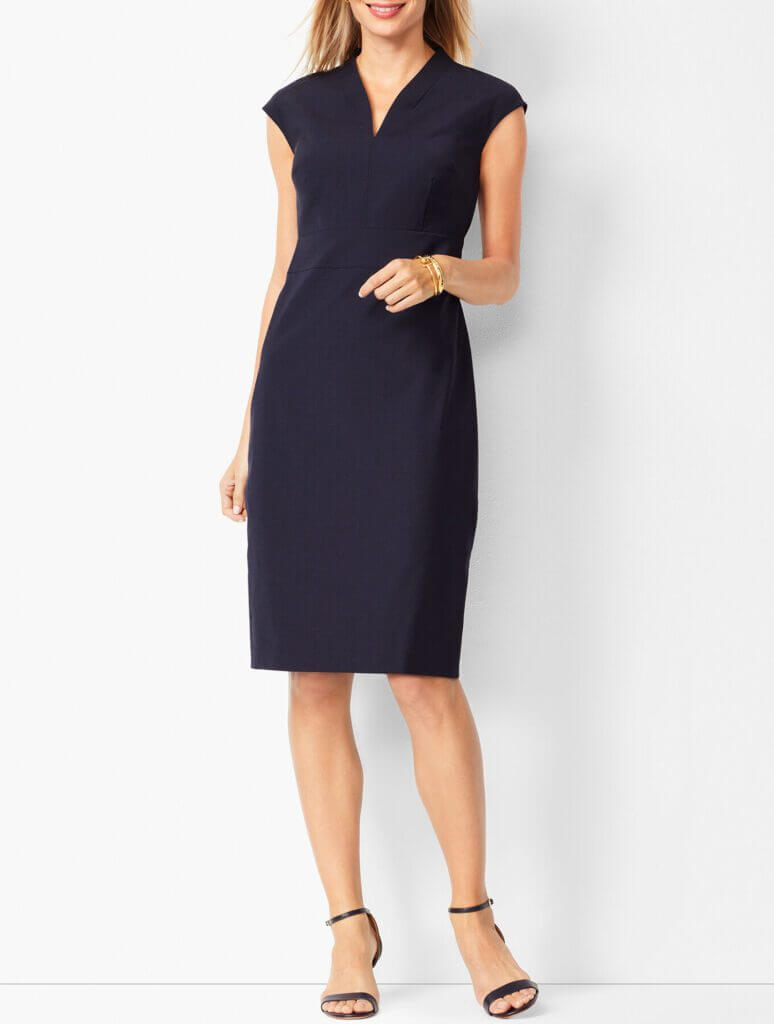
Made from fabrics like wool, silk, or cotton blends, sheath dresses are ideal for showcasing a sophisticated, polished look. Pair it with pumps, a blazer, and understated jewelry for a chic and professional appearance.
10.Ball Gowns
Ball gowns are formal dresses with a fitted bodice and a full skirt. They are typically worn to black-tie events and have been a symbol of elegance since the Victorian era.
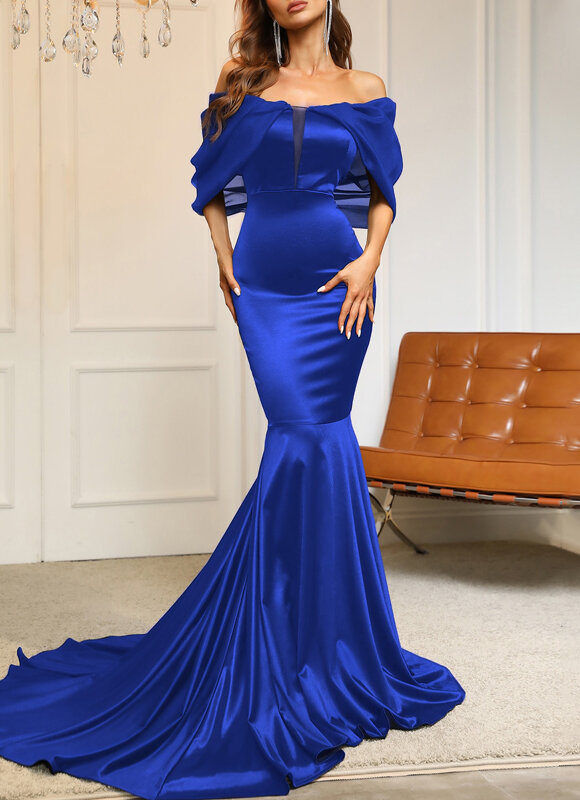
Ball gowns are often made from luxurious fabrics like satin, tulle, or velvet and may feature embellishments like beading, embroidery, or lace. These dresses are perfect for making a grand entrance at formal events. Style a ball gown with high heels, a statement clutch, and sparkling jewelry to complete the look.
11.Empire Waist Dresses
Empire waist dresses have a high waistline that sits just below the bust, with the rest of the dress flowing down. This style dates back to the early 19th century and became popular during the Regency era.
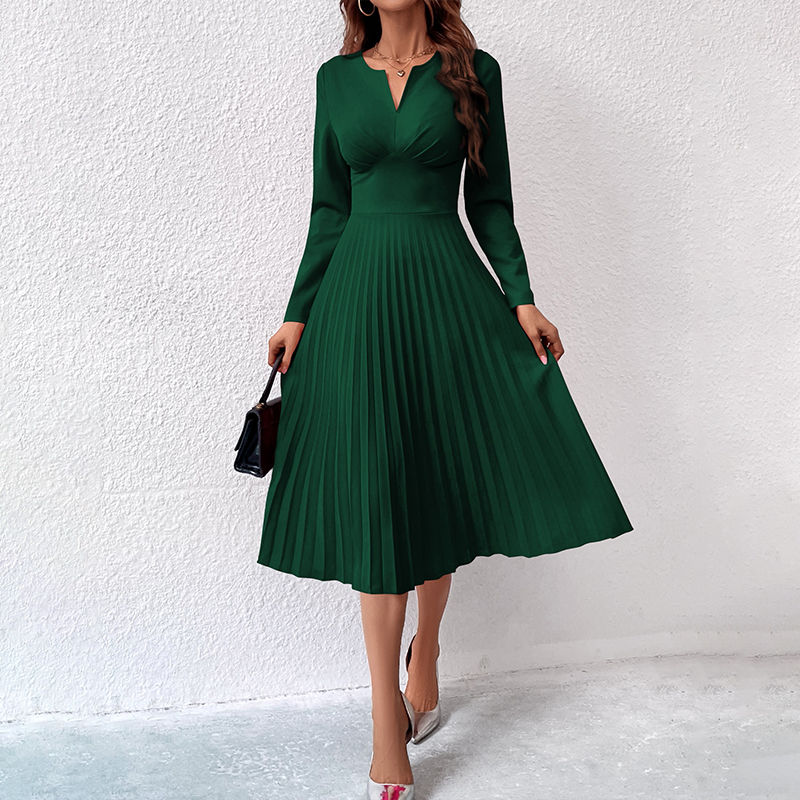
Empire waist dresses are flattering for all body types, as they emphasize the bust while skimming over the waist and hips. They are perfect for formal events and can be styled with delicate jewelry, elegant shoes, and a clutch for a refined and graceful look.
12.Bodycon Dresses
Bodycon dresses are tight-fitting and hug the body’s curves, creating a sleek and sexy silhouette. They became popular in the 1990s and are often made from stretchy fabrics like spandex or jersey.
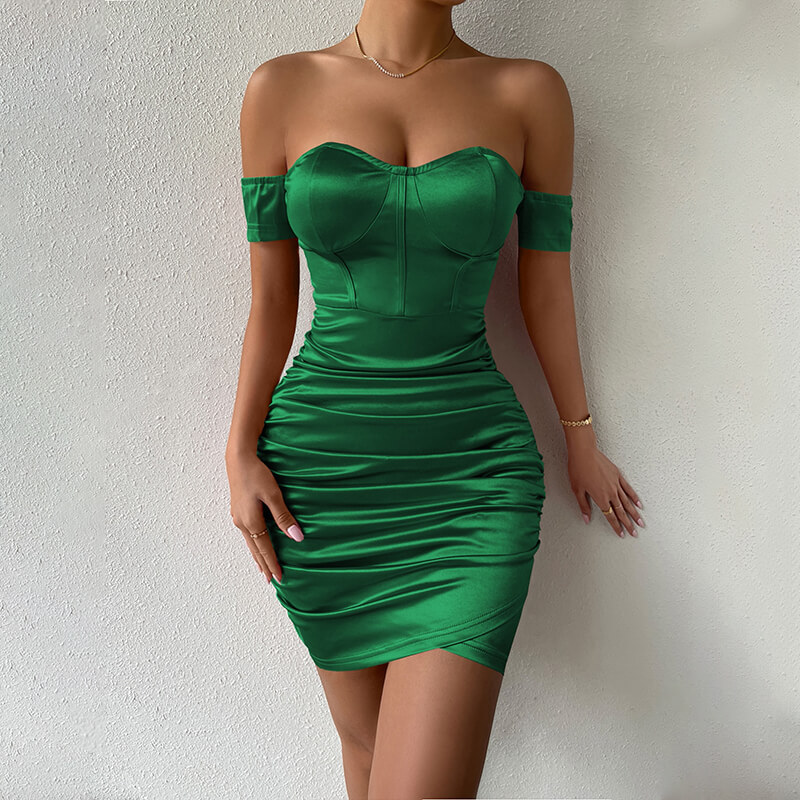
Bodycon dresses are ideal for nights out, parties, or clubbing, as they accentuate the wearer’s figure. Style a bodycon dress with high heels, bold accessories, and a clutch for a confident and glamorous look.
13.Wrap Dresses
Wrap dresses feature a front closure that wraps around the body and ties at the waist, creating a flattering and adjustable fit. They were popularized by designer Diane von Furstenberg in the 1970s and have since become a wardrobe staple.
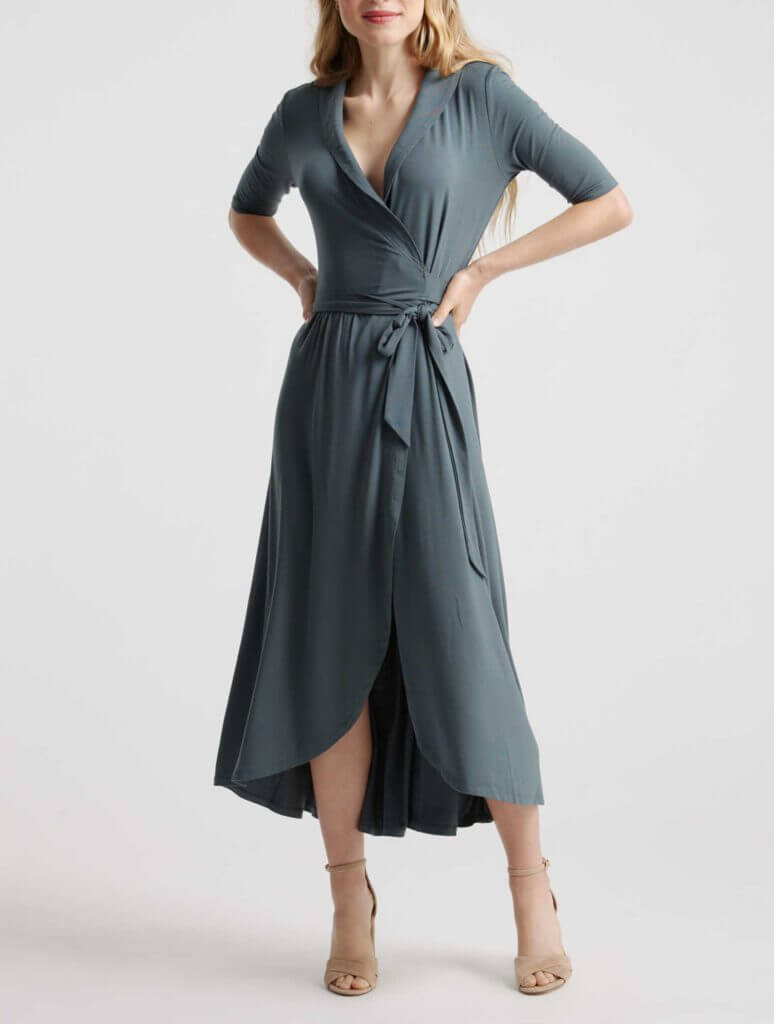
Wrap dresses are flattering for all body types and can be worn with heels or flats, making them perfect for both casual and formal occasions. They are often made from soft, drapey fabrics like jersey or silk and can be styled with minimal jewelry for an effortlessly chic look.
14.Peplum Dresses
Peplum dresses have a short, flared, gathered, or pleated strip of fabric attached at the waist, creating a flounce. This style became popular in the 1940s and saw a resurgence in the 2010s.
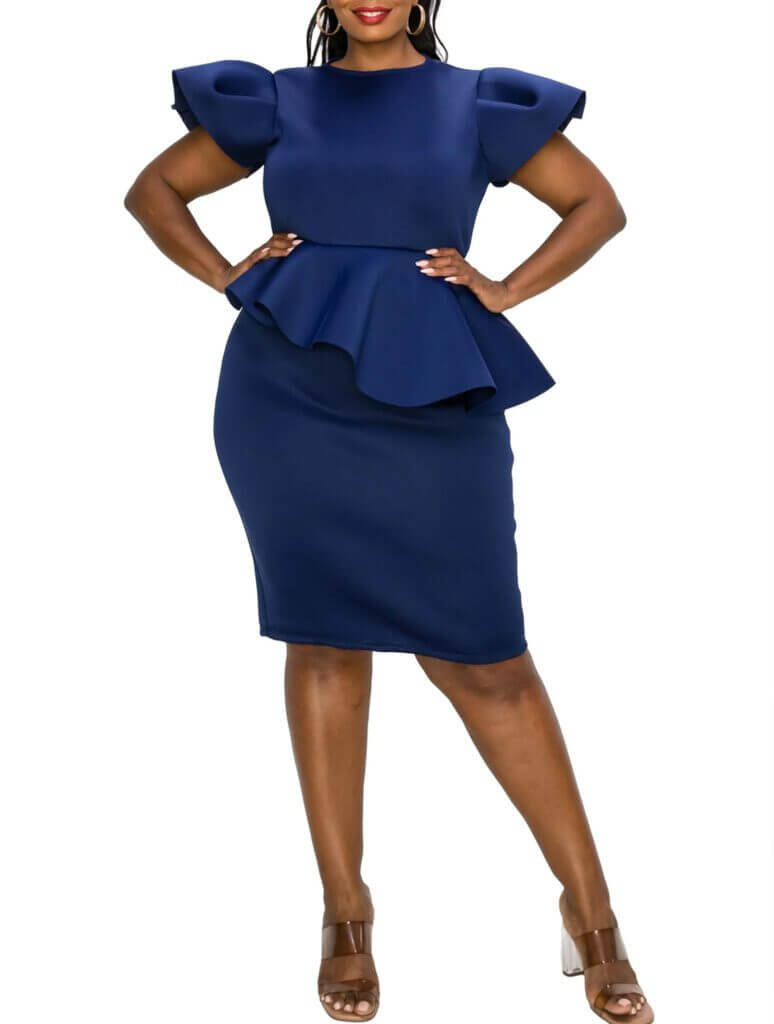
Peplum dresses are ideal for accentuating the waist and adding a touch of femininity to any outfit. They can be found in various lengths and fabrics, from fitted pencil skirts to flowing A-line skirts. Style a peplum dress with high heels and minimal accessories to let the dress’s unique design stand out
15.Shirt Dresses
Shirt dresses are inspired by men’s shirts and feature a button-down front and a collar. They became popular in the 1950s and offer a casual yet polished look.
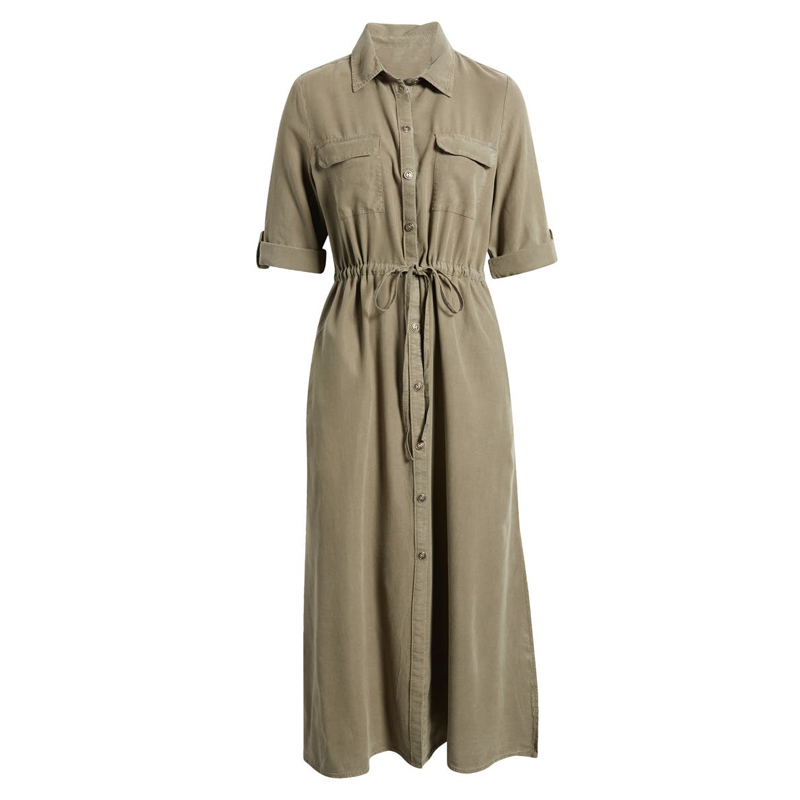
Shirt dresses can be made from fabrics like cotton, denim, or silk and often include details like belts, pockets, or rolled-up sleeves. They can be styled with a belt to cinch the waist and paired with loafers, ankle boots, or sandals for a versatile and stylish outfit.
16.Slip Dresses
Slip dresses are lightweight, often made from silk or satin, and resemble a slip. They became a fashion trend in the 1990s and are known for their minimalist style.
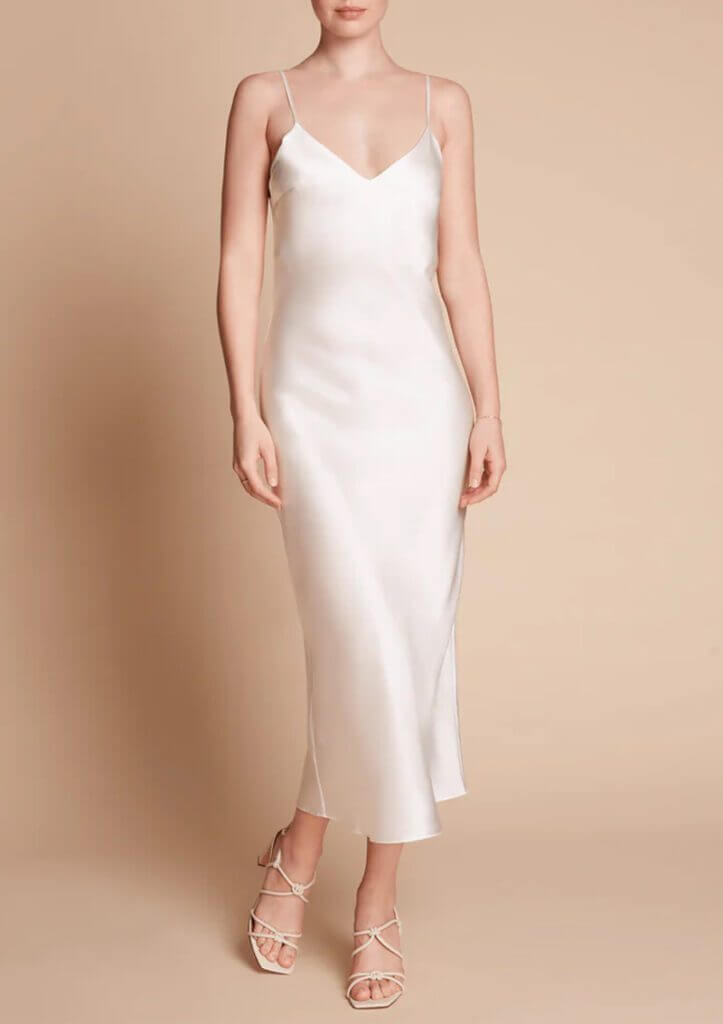
Slip dresses can be dressed up with heels and jewelry or dressed down with sneakers and a denim jacket. They are perfect for layering, making them a versatile addition to any wardrobe. For a more casual look, style a slip dress with a T-shirt underneath and ankle boots.
17.Halter Dresses
Halter dresses have a strap that runs from the front of the dress around the neck, leaving the shoulders and back bare. This style became popular in the 1930s and is often associated with glamorous evening wear.
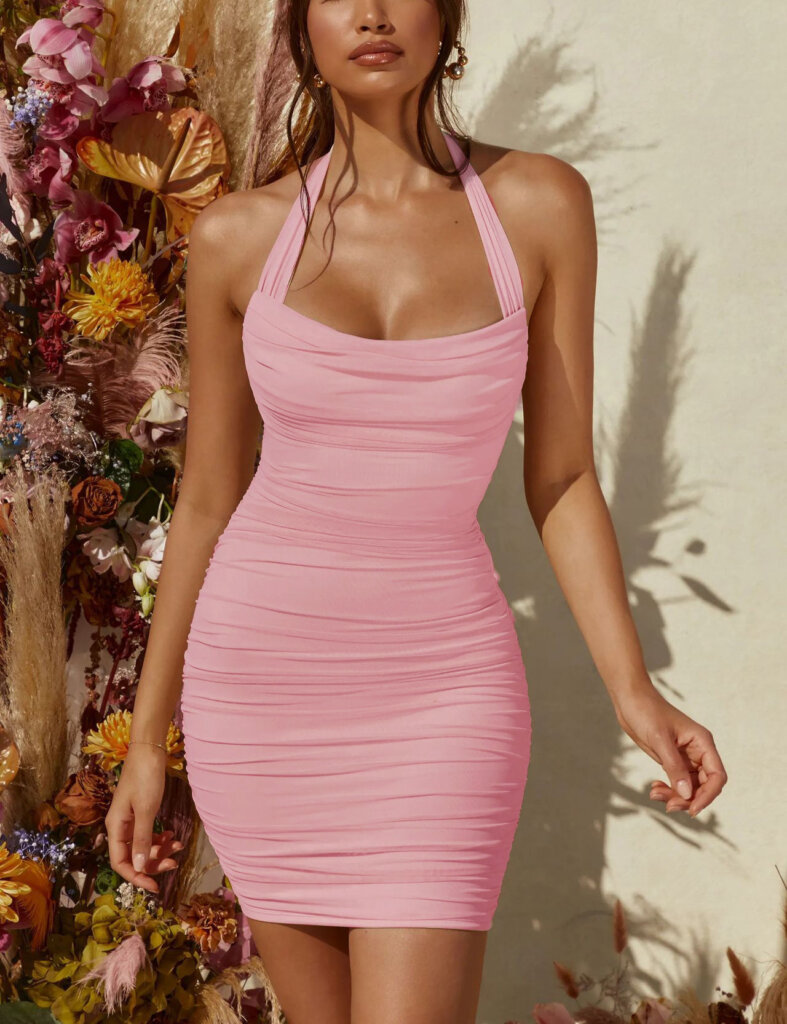
Halter dresses can be found in various lengths and fabrics, from flowing maxi dresses to fitted cocktail dresses. They are perfect for summer outings, parties, or formal events. Style a halter dress with wedges, statement earrings, and a clutch for a stunning look.
18.High-low Dresses
High-low dresses have a hemline that is shorter in the front and longer in the back, creating a dynamic and eye-catching silhouette. They gained popularity in the 2010s and offer a unique, modern look.
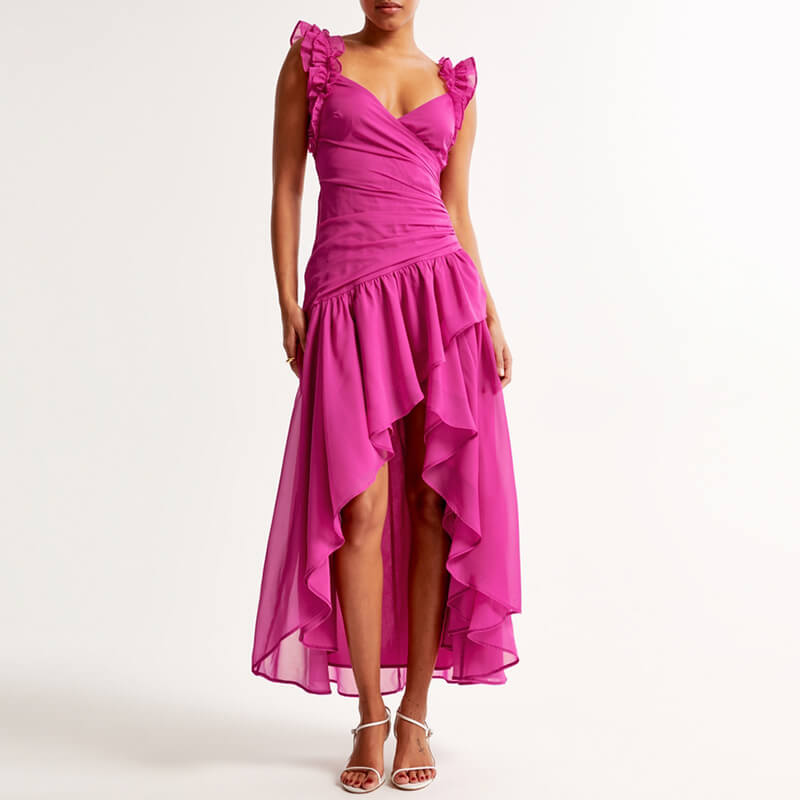
High-low dresses are suitable for both casual and formal events and can be made from various fabrics like chiffon, silk, or jersey. Pair them with heels or flats, depending on the occasion, and add accessories like a statement necklace or a belt to complete the look.
19.Tunic Dresses
Tunic dresses are loose-fitting and typically fall to the knee or mid-thigh. They have been worn since ancient times and remain a versatile wardrobe staple.
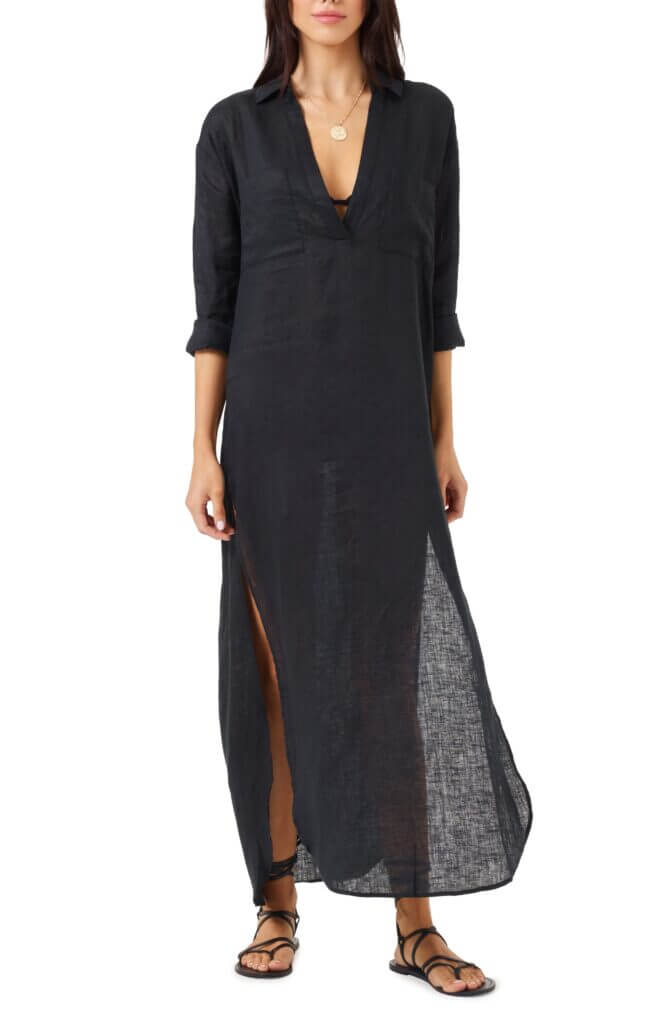
Tunic dresses can be made from various fabrics, including cotton, linen, or silk, and often feature simple, clean lines. They can be styled with leggings, skinny jeans, or worn on their own for a comfortable yet stylish outfit. Pair a tunic dress with boots, sandals, or sneakers, and add accessories like scarves or long necklaces for a boho-inspired look.
20.Skater Dresses
Skater dresses are fitted at the waist and flare out into a circular skirt, resembling the shape of a figure skater’s outfit. This style became popular in the 1980s and 90s and remains a favorite for its flattering silhouette.
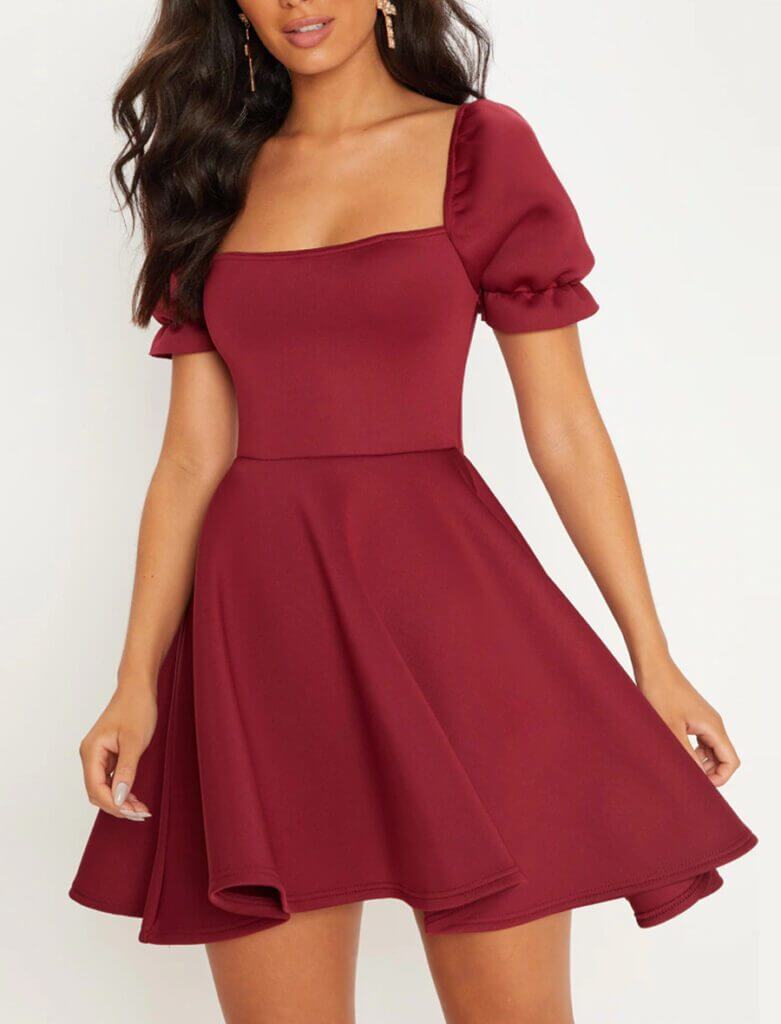
Skater dresses are versatile and can be dressed up or down depending on the occasion. They are often made from fabrics like cotton, polyester, or spandex, and come in various lengths. Pair a skater dress with heels for a night out or with sneakers for a casual daytime look.
Explore the variety of dress styles to find what suits you best. Don’t be afraid to experiment with different types to find your perfect match. From casual sundresses to elegant ball gowns, there’s a dress for every occasion and personal style.

